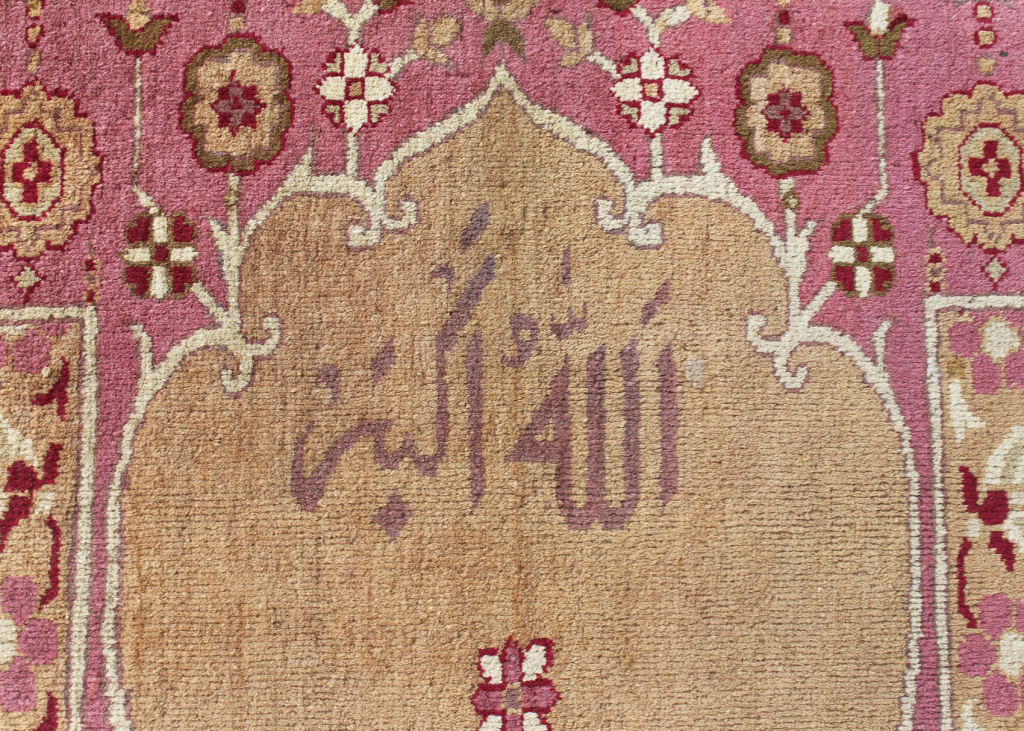

The Mughal Empire
The Mughal era began in 1526 when Babur, a Turkic chieftain from Central Asia invaded Northern India. Babur was a descendant of both Genghis Khan and Tamerlane and the empire would later take its name from this lineage. With “Mughal” being derived from Mongol. A distinct Indo-Persian culture was developed through mixing of Persian high culture and Indian society. At its greatest extent the Mughal empire would stretch from Afghanistan to Bangladesh to Southern India and is one of the largest empires to ever exist in South Asia, at one point encompassing nearly 25% of the global population.

The Classic Mughal Era & the Arts
What is known as the Classic Mughal era (1556-1658) began under Akbar and solidified under his successors Jehangir and Shah Jahan. It wasn’t until Babur’s grandson Akbar (1556-1605) took the throne that textiles and the decorative arts became an important part of the Mughal court. Much of what we know about this artistic patronage is thanks to the thousands of painted miniatures depicting a variety of architectural decorations, modes of dress and other aspects of courtly life. Fine textiles would also become an important and distinctive part of the Mughal artistic legacy. Hugely significant in the development of textile manufacturing was the building of the city of Fatehpur Sikr by Akbar. Workshops weaving rugs, hangings, and curtains (to name a few), were established near the palace in Fatehpur Sikri.
Akbar’s successors would continue the development the textile tradition of the empire. The genesis of the typical floral Mughal style is generally attributed to the years Jehangir spent in the gardens of Kashmir. This motif would evolve under the reign of Shah Jahan (1628-1658) when textile patterns featured realistically drawn floral patterns, inspired by the popular Dutch herbal paintings of the 17th century. However, his main contribution and greatest impact would be in architecture, culminating with the construction of the Taj Mahal, a mausoleum for his beloved wife Mumtaz Mahal.
By the 18th century the empire would begin its decline and the Mughal court was no longer a center of textile and decorative innovation. But textile art in general remained important to India’s Muslim kingdoms as other centers in Rajasthan, Uttar Pradesh and the Deccan continued this rich textile tradition, with provincial workshops producing textiles for their respective courts. Since Agra was the (intermittent) capital of the empire during the height of the Mughal Classical era it had retained a strong weaving tradition into the 20th century.



We sourced much of our information from Hali Magazine, Flowers Underfoot: Indian Carpets of the Mughal Era by Daniel S. Walker and of course Oriental Rugs by Murray L. Eiland Jr. & Murray Eiland III.


